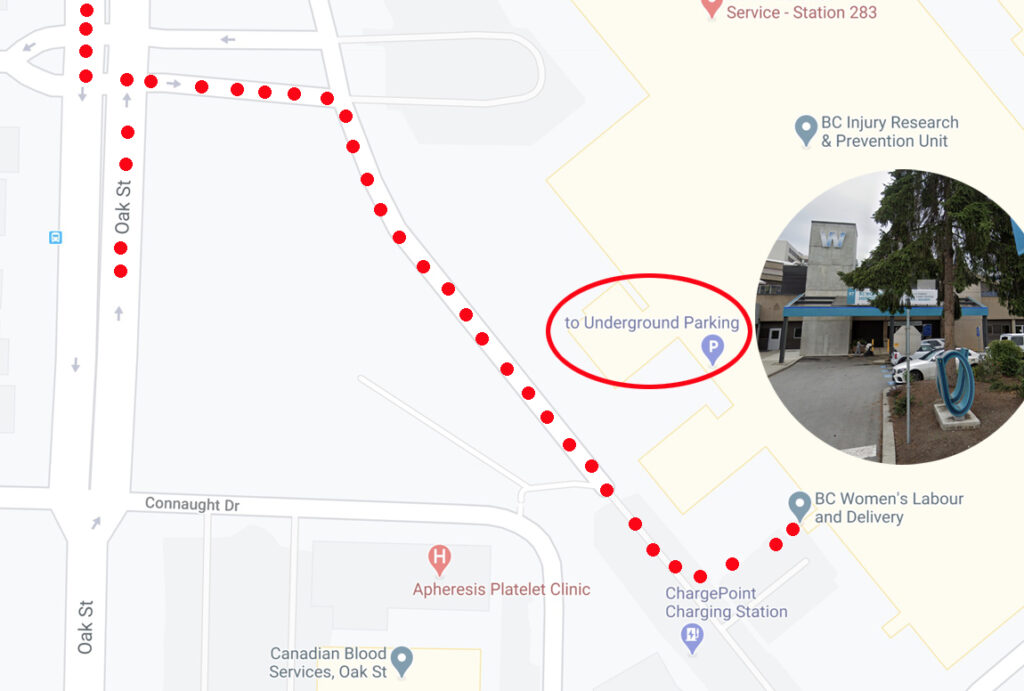On the day of your surgery you may shower and brush your teeth. Remember not to eat for at least 6 hours before the time of surgery. You can sip some clear fluid( water, apple juice, ginger ale) up until you get to the hospital.
If you need to take any of your regular medication you may do so. You can sip some water to help you swallow the medication.
If you are taking insulin for diabetes, the diabetic clinic nurse or doctor will direct you on when to take the insulin and also when you are to eat and drink.
